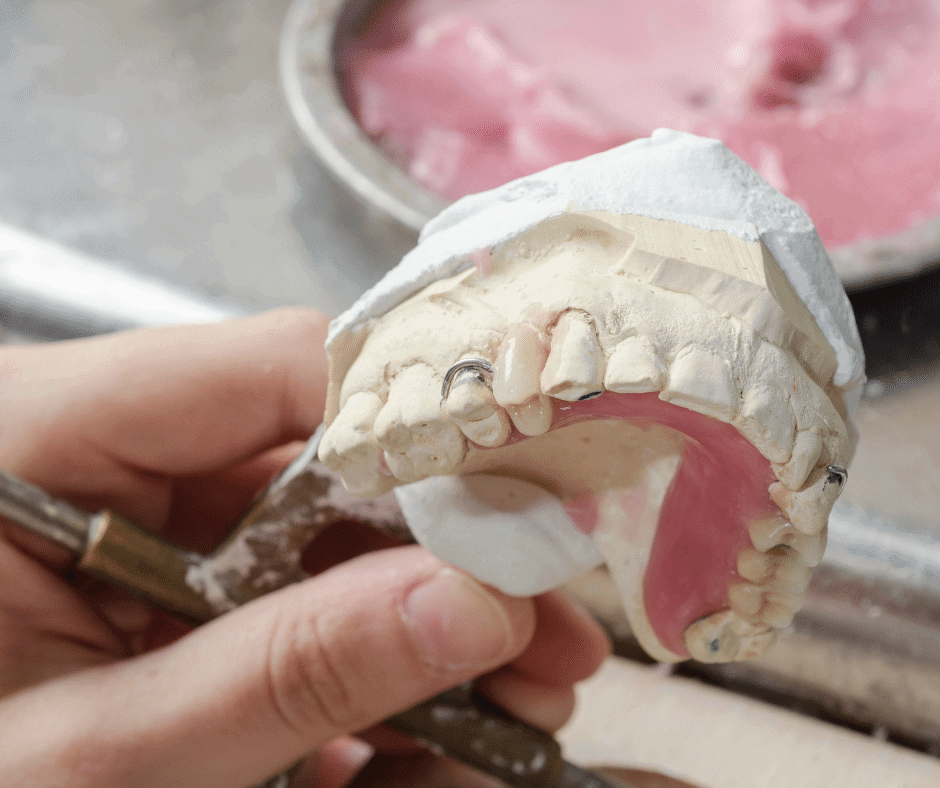In our Classification and Grouping Ultimate Guide, we have explained how to classify and group medical devices according to the 23 rules detailed in the Appendix II of the Supplement of medical devices of the Mexican Pharmacopeia (FEUM).
In addition, we have also explained how to make use of those rules to classify and group specific medical devices such as gloves, sanitizers, orthopedic implants, ultrasound systems , in vitro diagnostics, facemasks, surgical instruments, and others. In this article, we will explain the general characteristics of dental resins and strategies to classify and group this product in Mexico.
General characteristics of dental resins
In the context of medical devices in Mexico, dental resins can be understood as devices intended to fill or restore defects or decay in teeth. These devices are mostly made of synthetic materials, employed to rehabilitate the damage made by dental cavities, fractures or cracks. It is also used when the shape or dimensions of a tooth must be modified in order to improve its functionality and make it aesthetically pleasant.
Dental resins are usually made of three components: an organic component, an inorganic component and a cohesive agent. These components may be supplied as:
- Two-part base and a catalyst systems, cured by chemical activation, or
- One-part systems, cured by photo initiation, with or without chemical activation.
On the other hand, there are various types of dental resins. For instance:
- Microfilling: used to restore the decay made by dental cavities. Also to correct color or shape in specific locations of the tooth. It is made of particles between 0.01 and 0.05 µm.
- Hybrid: possesses high stress tolerance. Employed mostly on posterior dental restoration and, on occasions, as a dental reconstruction material.
- Nanofilling: made of particles of less than 0.01 µm. Generates a highly aesthetic appearance and its tearing resistance is similar to the hybrid type.
- Modern Hybrid: Owns excellent mechanical capabilities, but complicated to polish and loses its luster rapidly once placed.
- Macrofilling: also known as traditional resins. Made of particles between 10 and 50 µm. Considered as a poorly clinical efficient type that creates poor aesthetical results. Currently they are seldom used.
Classification according to the level of risk in Mexico
All dental resins for medical use are considered Class II according to rule 5 of the Supplement of medical devices of the Mexican Pharmacopeia. The material specifications and/or delivery method do not change this classification of risk.
However, it is important to state that in the list of non-regulated products, you can find an item describing “resins” to be used exclusively in dental laboratories. This kind of resins are the ones that come in a block presentation, and that dental technicians use to make the mold of a piece commissioned by a dentist. These resins are not to be confused by the type of dental resins described in the beginning of this article.
As a thumb rule, if a dental resin already possesses a 510k document and it is being described as such, you can safely assume that it will be in need of a sanitary registration in Mexico.
Grouping for Sanitary Registration purposes
Different models of resins could be included in the same Sanitary Registration following these considerations:
- All resins must be made by the same manufacturer.
- All models must have the same trademark or distinctive denomination.
- The intended use of the models must be the same.
- The formula of all models must be the same.
Conclusions
Obtaining the sanitary registry for dental medical devices can be challenging, given the plethora of devices and instruments available in this field. As always, each one may have divergences from the recommended practices given the own nature of the products to be registered, or its intrinsic nuances. If you need support explaining any one of the requirements described in this article, please contact us at contact@veraqueconsulting.com or check our guidelines or checklists.

